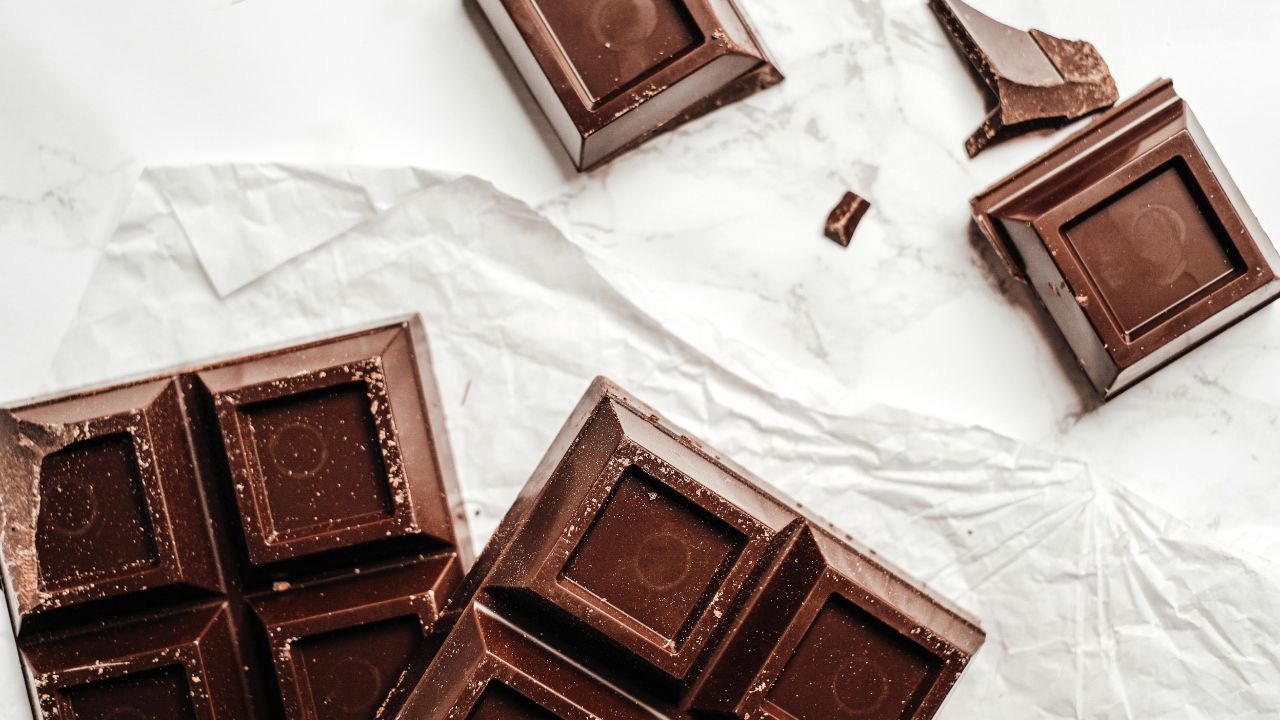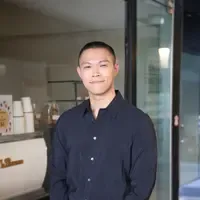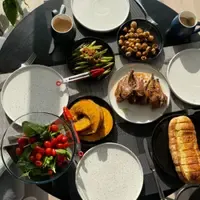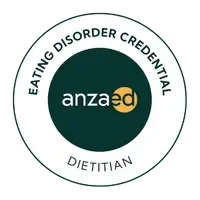How to Eat Trigger Foods Without Binge Eating (Overcoming Food Fear & Guilt)
Jul 02, 2025
Let’s talk about that food.
You know the one.
Maybe it’s chocolate.
Maybe it’s chips.
Maybe it’s that exact brand of cookies you swear you won’t buy again… until 9pm hits.
We all have foods that feel a bit “dangerous.” The ones we say we can’t keep in the house because we’ll eat the whole packet. Fast. Standing over the sink. With zero joy and all the guilt.
They’re often called “trigger foods” or “binge foods.”
And if you’ve ever felt out of control around one — you’re not alone.
But here’s what most people get wrong:
👉 The goal isn’t to avoid the food forever.
👉 It’s to make the food less triggering.
You know that intuitive eater friend who somehow has five blocks of chocolate sitting in the cupboard — untouched for weeks?
That’s not because they have magical willpower.
It’s because, to them, chocolate is just… chocolate. Not a forbidden thrill. Not a reward. Not a threat.
That’s the shift we’re aiming for.
Let’s talk about how to get there — in real, doable steps. No food policing required.
1. Why a food feel triggering?
Spoiler alert: It’s not because the food is evil.
Most of the time, a “binge food” is just a regular food... with a bunch of emotional baggage attached.
Take this for example:
Sarah has ice cream only during a binge. She avoids it all week, then eats the whole tub in one go on Sunday night while watching Netflix and crying about her to-do list.
So now her brain thinks:
Ice cream = guilt + shame + lack of control.
That’s not about ice cream. That’s about the context. The story. The restriction that came before it.
So the first step is to notice:
- When do I usually eat this food?
- What do I feel before, during, and after?
- What stories have I attached to it?
Awareness isn’t fluffy. It’s the first step to food freedom.
2. Take the food off the pedestal
Let’s be honest — nothing’s more tempting than the thing you “shouldn’t” have.
Remember when you were a kid and someone told you not to press the red button?
You wanted to press it more, right?
Same thing happens with food.
The more you label something as “bad” or “I can’t be trusted with it,” the more your brain obsessively focuses on it. That’s not a willpower issue — that’s human psychology.
To break that cycle, try this:
- Give yourself full permission to eat the food.
- Not just on “cheat days” (ugh), but any day.
- Not just when you’ve “earned it,” but because you’re allowed to enjoy food.
You might feel like you’ll go overboard. That’s okay. Think of it like reintroducing an old friend you had a falling out with — it might be awkward at first, but it gets easier.
3. Do a mini “food exposure” experiment
The first time you kiss your loved one, your heart races, your cheeks blush, and your whole body feels like it’s smiling from the inside out. After 10 years of kissing your loved one every day, it’s still nice and sweet, but you don’t get the same butterflies - because you got used to the novelty.
The same logic goes to food - Here’s a gentle, practical way to desensitise yourself to a trigger food.
The calm-cookie experiment (insert your food of choice):
- Buy the food. Don’t panic. You’re not committing to eating it all — just to having it around.
- Set the scene. Sit down. Put it on a plate. Light a candle if you’re feeling extra.
- Eat a few bites mindfully. Not like, slow-motion zen monk vibes — just... notice it. Taste it. Pay attention.
- Ask yourself:
- Is this as amazing as my brain hyped it up to be?
- Am I enjoying it, or just auto-piloting?
- Am I full, satisfied, or meh?
Then you stop whenever you feel like it. Not because you “should,” but because you’re allowed to stop and you’re allowed to continue.
You’re in charge — not the cookie.
Repeat this practice a few times over the week. The more your brain sees that this food isn’t dangerous, the less intense it becomes.
4. Rebuild trust with your body
Many people do not draw a connection, but feeling out of control with food usually comes after a period of over-controlling your eating.
Skipping meals.
Counting almonds.
Avoiding carbs all day… then inhaling half the pantry at night.
Your body’s not broken — it’s just confused and underfed.
To feel more in control, you need to stop playing tug-of-war and start building trust.
That means:
- Eating regular, satisfying meals.
- Letting yourself get full.
- Not waiting until you’re ravenous to eat.
- Saying yes to cravings without guilt.
The more consistent you are with feeding yourself well, the less “risky” any one food feels.
5. Talk back to the binge voice
You know the one:
“You already blew it. Might as well keep eating.”
“You can’t control yourself around this food.”
“You’ll start again tomorrow.”
That voice loves a trigger food moment. But here’s what you can say instead:
💬 “I can have this food tomorrow too.”
💬 “This food is not going anywhere. I don’t need to panic-eat it.”
💬 “Eating this doesn’t make me bad. It makes me human.”
Even if you don’t fully believe it yet — keep practicing. You’re rewiring your relationship with food one thought at a time.
Food Peace Is Possible (Even With Chocolate in the House)
That food that feels “dangerous” right now? It can become just another food on your plate.
This isn’t about “learning control.”
It’s about removing the power the food holds over you in the first place.
Once your brain learns that the food is safe, allowed, and available —
You’ll find yourself doing things like:
- Eating one square of chocolate and moving on.
- Leaving chips in the pantry without thinking about them 24/7.
- Choosing veggies because you want them, not as punishment for eating cookies.
That’s the real win. Food peace — without fear, without guilt, and without white-knuckling your way through life.
Need help making peace with your trigger foods?
This is exactly what we work on inside the Binge Free Formula — helping you rebuild trust, calm the binge voice, and feel safe around all foods.
Because healing isn’t about control. It’s about freedom.
✨ You deserve to enjoy food — without it controlling your life.












